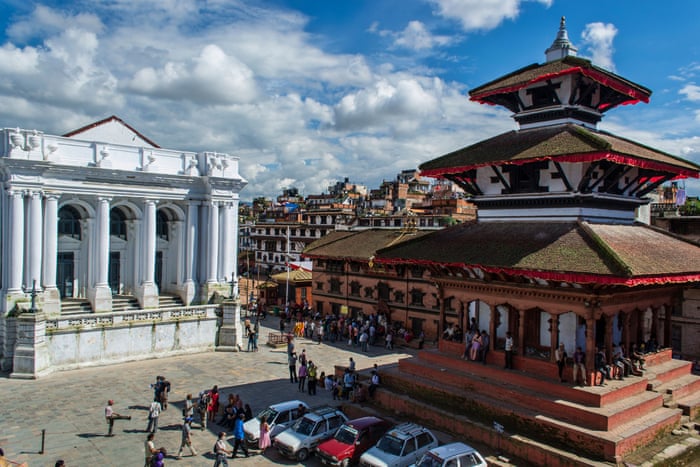Sadhus are unique appearance with the specifies yellow painting on their whole bodies.
Many people believed that who die pashupatinath temple are reborn as a human. Pashupatinath temple located in bank of Bagmati River 3km northwest of Kathmandu. It is attract thousands of pilgrims each year and has become well known for beyond the Kathmandu valley. Tradition to says it was constructed by pashupatinath by pashupreksha of the somadera dynasty in the 3rd century but historical records date from 13th century. Hindu pilgrim believe the power of god and they are perform the puja. Pashupatinath temple's extensive grounds includes many other old and important temples shrines and statues.
Many festival celebration in their thousand of people attend the celebrate the festival. Main festival are Maha shivarattri,Bala chaturthi and Teej. Only Bhatta and Bhatt are perform the daily ritual and can touch the lingam where as other many Bhadaries are the helper taker priests but not Qualified perform pooja and touch lingam. Inside the main temple located the lingam. And also only hindus are allowed to enter the main temple.

